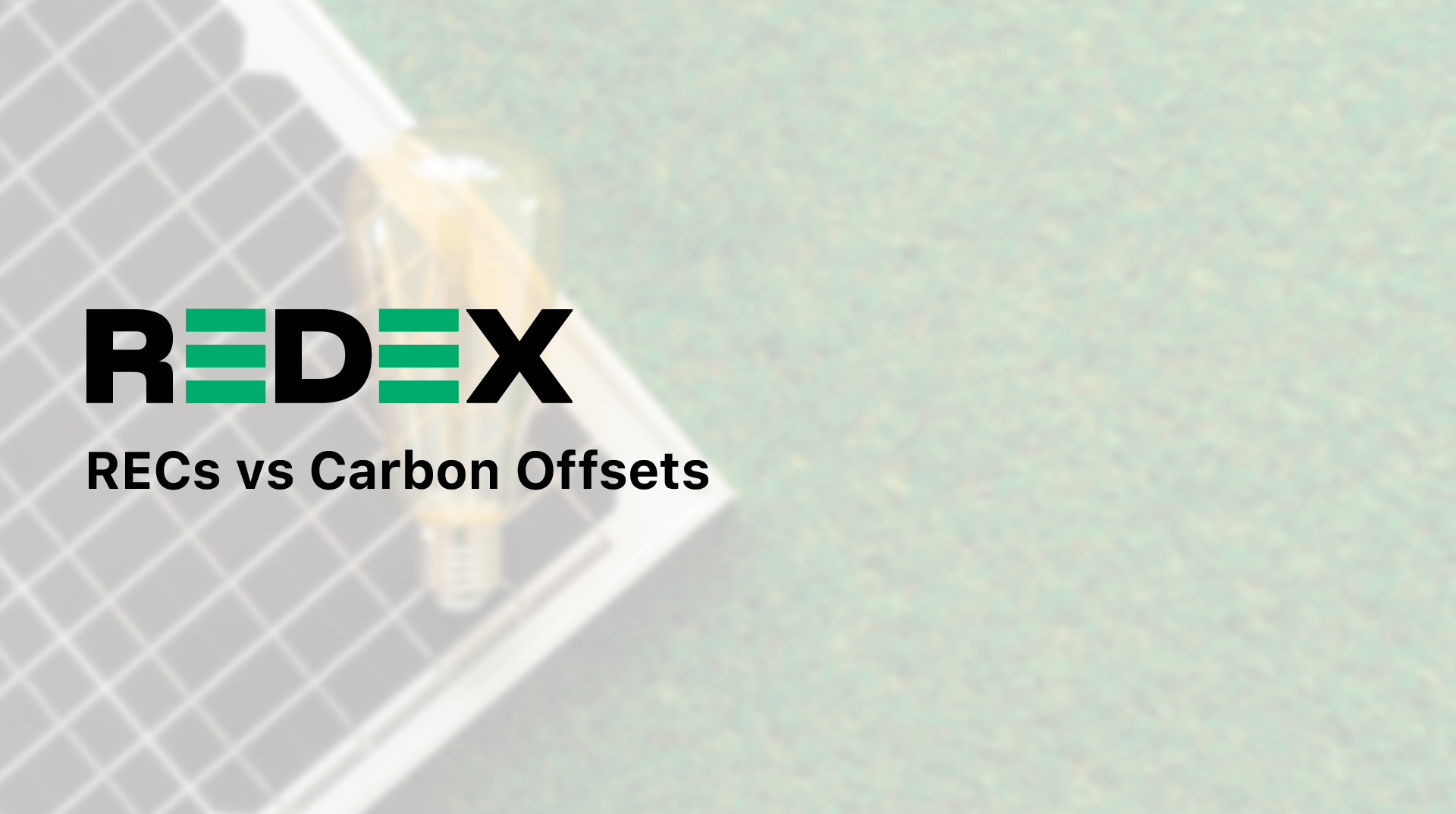
Although Renewable Energy Certificates (RECs) and Carbon Offsets are critical tools for decarbonisation, they serve distinct and complementary roles. RECs primarily act as an accounting mechanism for Scope 2 emissions, which are tied to electricity usage. By providing proof of the generation of renewable electricity, RECs enable organisations to claim the environmental benefits of clean energy. This provides businesses with a way to align with renewable energy goals, demonstrating their commitment to decarbonisation and supporting the transition to a cleaner energy grid.
In contrast, Carbon Offsets address a broader spectrum of emissions that a company cannot eliminate directly. While RECs are specific to Scope 2 emissions, Carbon Offsets can be used to abate Scope 1, 2 and Scope 3 emissions. Scope 1 refers to direct emissions from sources owned or controlled by the company, such as fuel burned in company vehicles or emissions from on-site operations. Scope 3 encompasses indirect emissions from activities within the company’s value chain, such as business travel, supply chain logistics, or employee commuting.
Together, RECs and Carbon Offsets contribute to climate action in unique ways. RECs support the adoption of renewable energy by potentially incentivising new renewable energy projects and enabling organisations to claim low or zero-emission electricity. Meanwhile, Carbon Offsets focus on investing in carbon reduction or avoidance projects, mitigating emissions across other areas and helping companies tackle the environmental impacts of their broader operations.
Understanding the differences between RECs and Carbon Offsets empowers organisations to strategically integrate both tools into their sustainability strategies, advancing their climate goals while ensuring measurable environmental contributions. Below is a table highlighting their key differences.
| Aspect | RECs | Carbon Offsets |
| What is it | RECs provide proof of the generation of renewable electricity (e.g. wind, solar, hydropower). Each REC represents one megawatt-hour (MWh) of renewable energy produced. | Carbon offsets are generated from projects that reduce, avoid or remove carbon emissions. Each unit is measured in carbon dioxide equivalent (CO2-eq). |
| Scope of Emissions | Owners can claim the use of low or zero-emission electricity, lowering their market-based Scope 2 emissions, such as those from electricity used in company buildings or manufacturing. | Address overall emissions, including Scope 1 (e.g., company vehicle fuel) and Scope 3 (e.g., business travel). |
| Purpose | Trace generation and use of electricity to a renewable source. | Aim to abate emissions. |
RECs and Carbon Offsets are essential tools in the journey toward decarbonisation, each addressing different aspects of emissions. While RECs enable organisations to claim the environmental benefits of renewable energy and reduce Scope 2 emissions, Carbon Offsets provide solutions to mitigate Scope 1, 2, and 3 emissions. By understanding their unique purposes, businesses can strategically integrate these tools into their sustainability strategies to achieve impactful climate action.
Contact us to discover how REDEX can help you incorporate RECs into your decarbonisation journey. Together, we can drive meaningful environmental impact.

